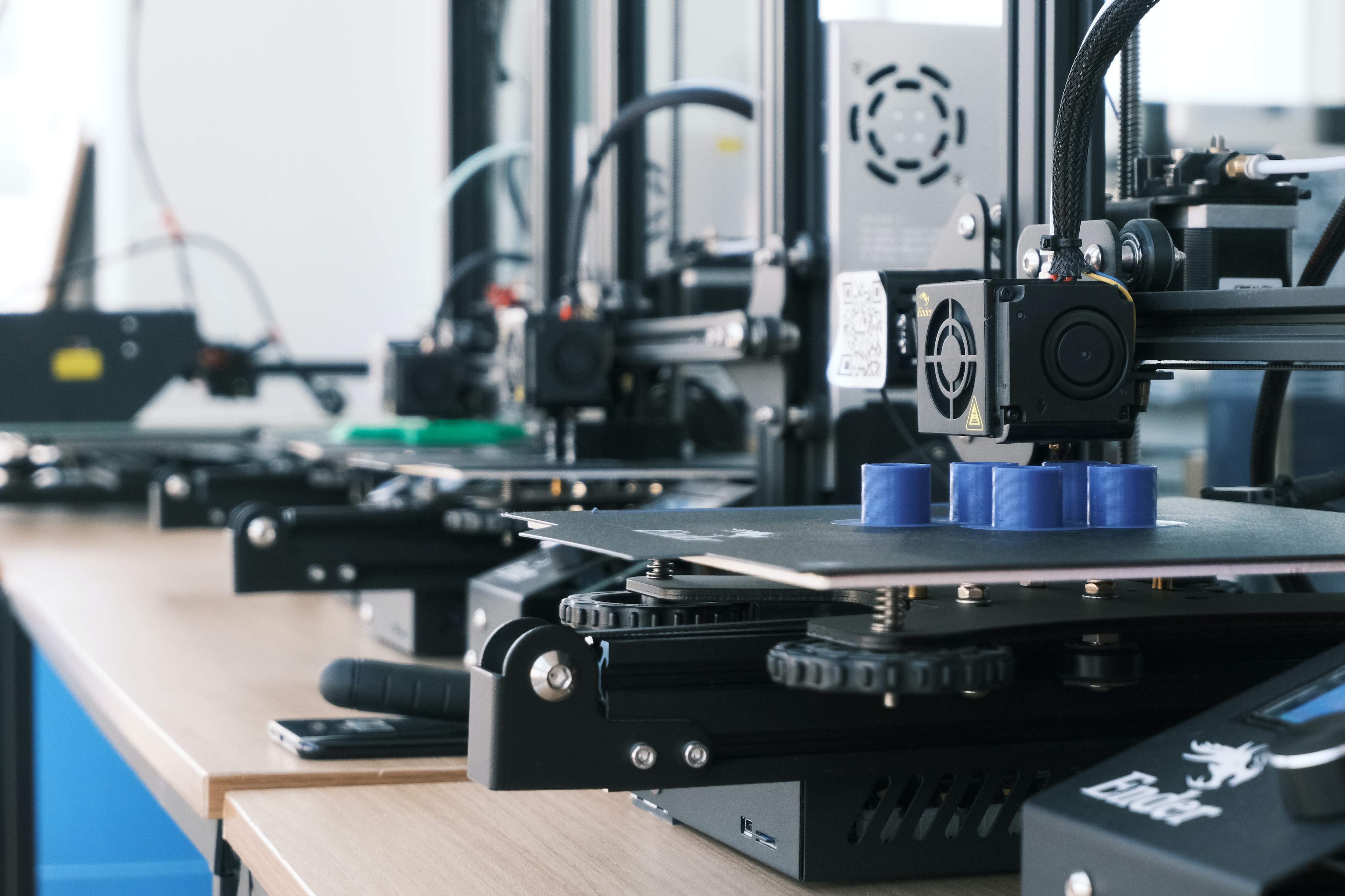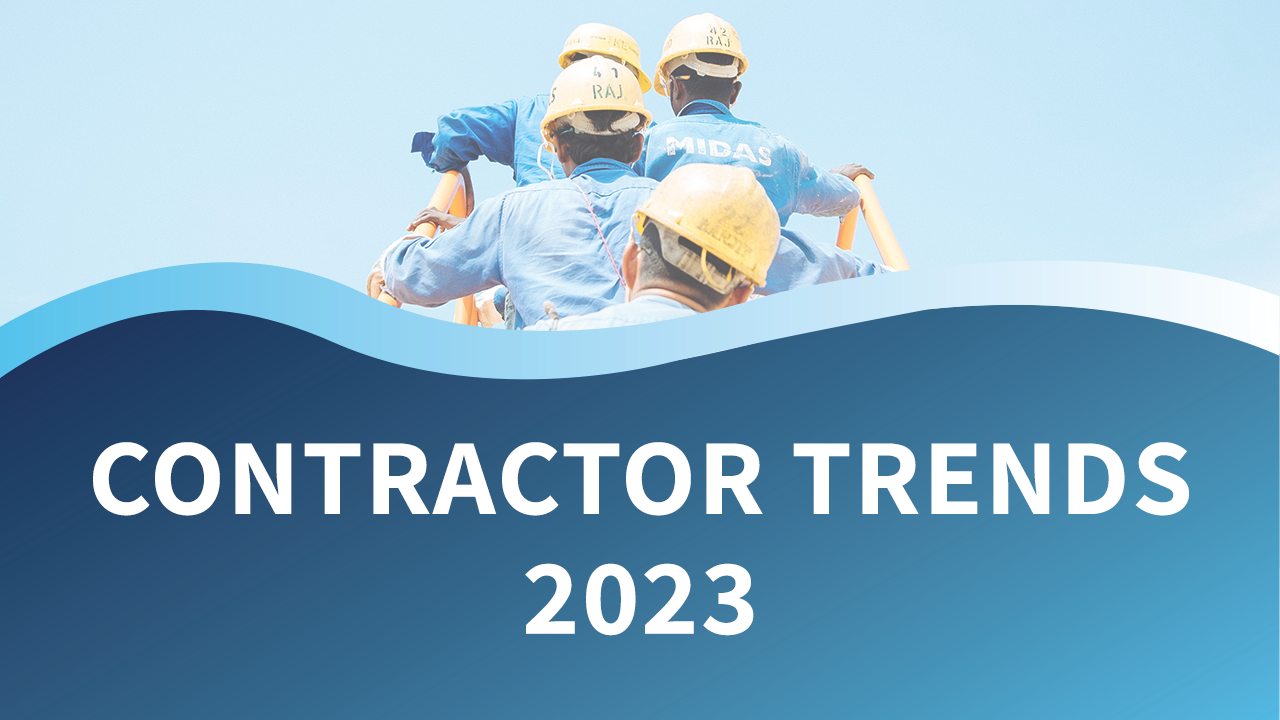In the dynamic world of heating, ventilation, and air conditioning (HVAC), staying updated with the latest trends is crucial for success. The “HVAC Contractor Trends” article delves into the evolving landscape of the HVAC industry, highlighting the significant shifts and innovations that contractors should be aware of.
From the push towards eco-friendly systems to combat climate change to the innovative use of 3D printing for parts production, the HVAC realm is undergoing transformative changes.
Whether you’re a seasoned contractor or just starting out, understanding these trends will be instrumental in driving your business forward and ensuring customer satisfaction. Dive in to learn more.


Introduction to HVAC Contractor Trends
The heating, ventilation, and air conditioning (HVAC) industry is a cornerstone of modern living, ensuring comfort in homes, offices, and various other settings. However, like many sectors, the HVAC domain is not static; it’s constantly evolving, driven by technological advancements, environmental concerns, and consumer demands. As we navigate through the 2020s, several trends are shaping the future of HVAC, making it imperative for contractors, homeowners, and industry stakeholders to stay informed.
Here’s a snapshot of what this article will cover:
- Eco-friendly Initiatives: The growing emphasis on sustainability and the pivotal role of HVAC systems in this movement.
- Department of Energy Standards: New benchmarks set for SEER ratings and HSPF measures, ensuring higher efficiency.
- Refrigerant Evolution: The transition from R-410a to the environmentally friendlier R-454b.
- 3D Printing Revolution: How the HVAC industry is leveraging 3D printing to address challenges like inflation and supply chain disruptions.
- Fluoropolymer PFA’s Role: An exploration of this material’s significance in HVAC and beyond.
Eco-friendly HVAC Systems
Society has shifted its focus towards more eco-friendly efforts to help curb and tackle the effects of climate change. HVAC systems are among the most used appliances in a customer’s home. So, you’ll need to be ready with advice to help homeowners find a system that fits their needs, and stay ahead of trends for HVAC contractors.
The Department of Energy’s new heat pumps and central air conditioners standards are one of the most significant changes. Since January, all systems must meet the new minimum SEER rating requirement, depending on location. Living in northern states will require equipment to have a rating of 14. Those in southern states will need a rating of 15. On the other hand, heat pumps saw an increase in their heating seasonal performance factor (HSPF) from 8.2 to 8.8. HSPF measures the efficiency of the heat pump.
Another significant change you’ll see in 2023 is the introduction of safer refrigerants for air conditioners. Since around 2010, some manufacturers have used R-410a in their equipment. However, it can contribute to global warming and other environmental issues when it leaks. From 2023 and beyond, appliances should be compatible with R-454b, a safer alternative to the previous refrigerant.


New Standards from the Department of Energy
As the global emphasis on energy conservation and efficiency continues to grow, the Department of Energy (DOE) has been at the forefront in setting new standards for various industries, including HVAC. These standards are not just about reducing energy consumption; they’re also designed to ensure optimal performance, cost savings for consumers, and a reduced carbon footprint.
Updated SEER Rating Requirements:
- What is SEER?: SEER, or Seasonal Energy Efficiency Ratio, measures the cooling efficiency of an air conditioner or heat pump. The higher the SEER rating, the more energy-efficient the system.
- New Mandates: As of January this year, all HVAC systems must adhere to new SEER rating requirements. These benchmarks vary depending on geographic location. For instance, equipment in northern states now requires a minimum SEER rating of 14, while those in the southern states need a rating of 15.
HSPF Measures and Their Significance:
- Understanding HSPF: HSPF, or Heating Seasonal Performance Factor, gauges the efficiency of a heat pump during the heating season. Like SEER, a higher HSPF denotes a more efficient system.
- Elevated Standards: The DOE has upped the HSPF requirement from 8.2 to 8.8, signaling a move towards more energy-efficient heating solutions. This change underscores the Department’s commitment to ensuring that even during colder months, homes and businesses utilize energy in the most efficient manner possible.
Using 3D Printing
Most industries are suffering from inflation, and HVAC businesses aren’t immune. With the rising costs, it can take more work to secure the right parts for jobs. Sometimes even ordering the parts you need for a service call can be met with lengthy wait times. That can fall back on your business; again, ensuring customers are satisfied is in your best interest.
3D printing is an innovative method that helps produce HVAC parts. Daikin has been at the forefront of this movement, using Fluoropolymer PFA to create materials since it has excellent heat and chemical resistance. This material is also helpful for a variety of other industries.


Conclusion: Preparing for the Future of HVAC
The HVAC industry, integral to ensuring comfort and well-being in our daily lives, stands at an exciting crossroads. As technology continues its relentless march forward, and as global priorities shift towards sustainability and efficiency, HVAC contractors and professionals are presented with both challenges and opportunities.
Embracing Change for Growth:
- Continuous Learning: Staying updated with the latest technologies, methods, and standards will be paramount. Continuous education and training can set contractors apart in a competitive market.
- Investment in Technology: From 3D printing to advanced diagnostic tools, investing in the latest technology can streamline operations, reduce costs, and enhance service quality.
Building Trust Through Knowledge:
- Transparency with Customers: In an age of information, customers are more informed than ever. Being transparent about product specifications, energy ratings, and benefits can help build lasting trust.
- Providing Eco-friendly Solutions: With a growing global emphasis on sustainability, offering green HVAC solutions can position contractors as forward-thinking and environmentally responsible.


The Rise of Smart Thermostats
More and more, you’ll likely see residential and commercial properties with smart thermostats. They’ve recently become popular because they make life easier for the user. What you might also see is a rise in service calls.
Some smart thermostats will lure customers by marketing the product as a DIY job. Anyone looking to cut costs might buy one and install the product themselves. However, these kits only consider a person’s experience or home and will result in poor installation.
For example, a non-experienced person will need to learn how to handle wires, which could lead to hazardous conditions on the premises. There may also be older homes that need new wiring entirely to install the thermostat properly.
These are some issues you may have to face this year. But on a positive note, there’s an opportunity to collect data. You can use this insight for service calls and learning more about customer needs. With this information, you’ll know the best approaches to take and stay on top of HVAC contractor trends.
Digital Zoning
Most home and business owners want to be comfortable in their property, starting with better temperature control. Instead of heating or cooling the entire residence, they can control each individually. Digital zoning is an HVAC solution that provides an efficient way of handling indoor conditions.
There’s an attractive package of benefits that’ll be hard for customers to deny. One of the benefits is the amount of money your customers will save each year. Now there’s better temperature control, and they’ll see a significant drop in energy bills since the system doesn’t need to run for extended periods. Plus, the lack of wear and tear will prevent you from replacing your system sooner than expected. So, if a customer needs help with an older HVAC system, recommend a unit that provides digital zoning.
Lookout for These Trends in 2023
There are plenty of trends that HVAC contractors need to be on the lookout for in 2023. Stay abreast of all information to keep your business from falling behind the competition. For the most current news on the HVAC industry and to stay updated on the latest HVAC contractor trends, bookmark Motili industry insights.












